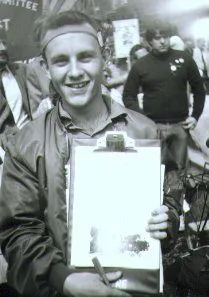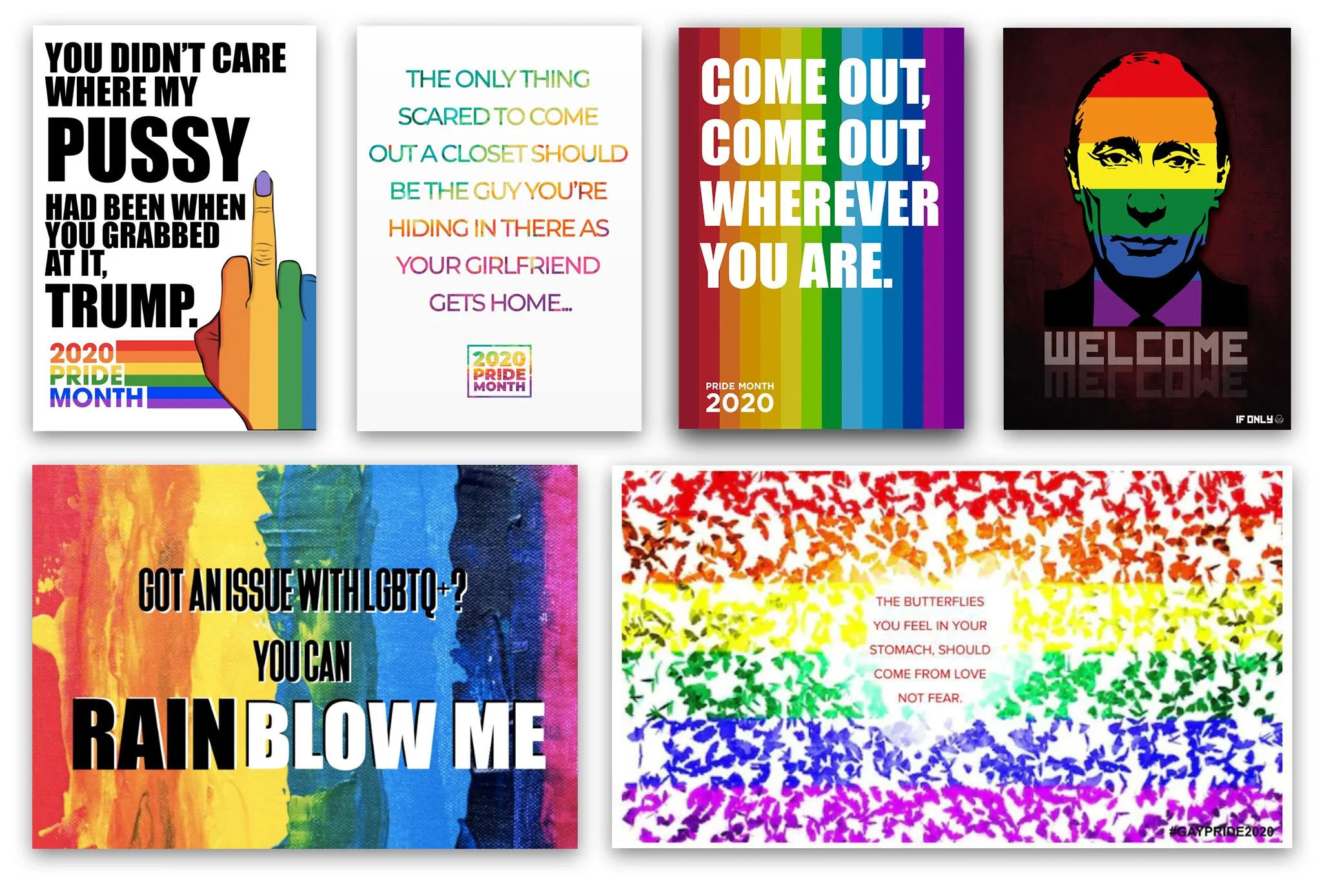For the Mother of Pride
We’ve been missing our Pride celebrations this year, as we’re sure many others have. But whilst we wait for the next Bourne Free parade, let’s chat about Pride.
Form an opinion that isn’t based on fact or experience and it becomes a prejudice. As we celebrate Pride Month in June, it’s more than an opportunity to celebrate diversity and freedom of expression. It’s also a chance to look back over the historical facts and experiences around the LGBTQ+ movement. It’s important that we take the time to educate ourselves, as it’s relevant to all of us.
4 minute read
6th December 2023
Timeline of LGBTQ+ history
Let’s start with the historical figures who stuck their head above the parapet, put their wellbeing at risk, and disrupted the conventional environment. As marketers, we celebrate their values which went on to create the narrative. As humans, we stand on their shoulders and can only hope to continue that story.

Pride should also act as a reminder that any global movement is shaped at certain points, sometimes for just a moment, by just a handful of influential people. As marketers, it’s our responsibility to fuel the conversation, not just exploit it, as well as to champion diversity and equality in our own working practices.
We often celebrate disruption and change in our creative work – these historic figures made it their life’s work.
Meet the Parents of Pride



- Marsha P. Johnson – A key figure in the 1969 Stonewall riots at the age of just 23, Marsha P. Johnson was an African American transgender woman who left behind a devout Christian upbringing for the Christopher Street drag scene. In the late sixties that wasn’t exactly the rainbow-branded safe space it is today – Johnson served as ‘Drag Mother’ to the neighborhood’s homeless community and LGBT youth, and went on to found STAR – Street Transvestite Action Revolutionaries – an organisation that supported gay and trans people who were homeless. Johnson also played an influential role in broadening the diversity of the LGBT movement, which up to that point had been dominated by white cisgender men. She segmented diversity, refusing to allow the LGBT movement to be shaped along the lines of what it stood against. Johnson died in 1992 at the age of 46, a tragically short life that burned brightly.
- Barbara Gittings – The Mother of the LGBT Civil Rights movement, Gittings helped organise the first gay rights protest outside the White House (as risky then as it now) and helped form the National Gay and Lesbian Task Force.
- Mark Ashton – An Irish gay rights activist who co-founded the Lesbians and Gays support the Miners Movement in 1984, immortalised in the film Pride. An inspiring example of solidarity stretching across unlikely barriers.
Our Pride voices
At the core of Pride is love for all. But people had to battle to get that freedom, and people still fight today. Pride now takes form in a parade of celebratory colour, but the march continues. This stride of Pride is routed in protests. Craig Rodwell, Fred Sargeant, Ellen Broidy, Linda Rhodes and Brenda Howard. Do you know these people? They are the group of activists that birthed the very first Pride march to mark the first anniversary of the Stonewall uprising.
So we tasked our bbd members to share their voice and create their own Pride Protest Posters. We’re taking the parade online…

Looking into the future
There’s much to celebrate – in more ways than before. From the original Gilbert Baker rainbow flag, there are now more than 13 different flags to represent the extended LGBTQ+ community.
There’s also still much to do. While the recent 2019 EU LGBTI survey on Fundamental Rights found that 52% of people are now open about being LGBTI, compared to 36% in 2012, it’s still a cause for concern that 21% feel discriminated against at work and 5% have been physically or sexually attacked.
Pride has to be a protest until all are free. So please, send us your Pride protest banners. Share your voice online this year. And if you want to learn more or support the cause, visit these sites:
- Stonewall Charity – https://www.stonewall.org.uk/get-involved
- LGBT Foundation – https://lgbt.foundation/
- MindOut – https://www.mindout.org.uk/fundraising/

